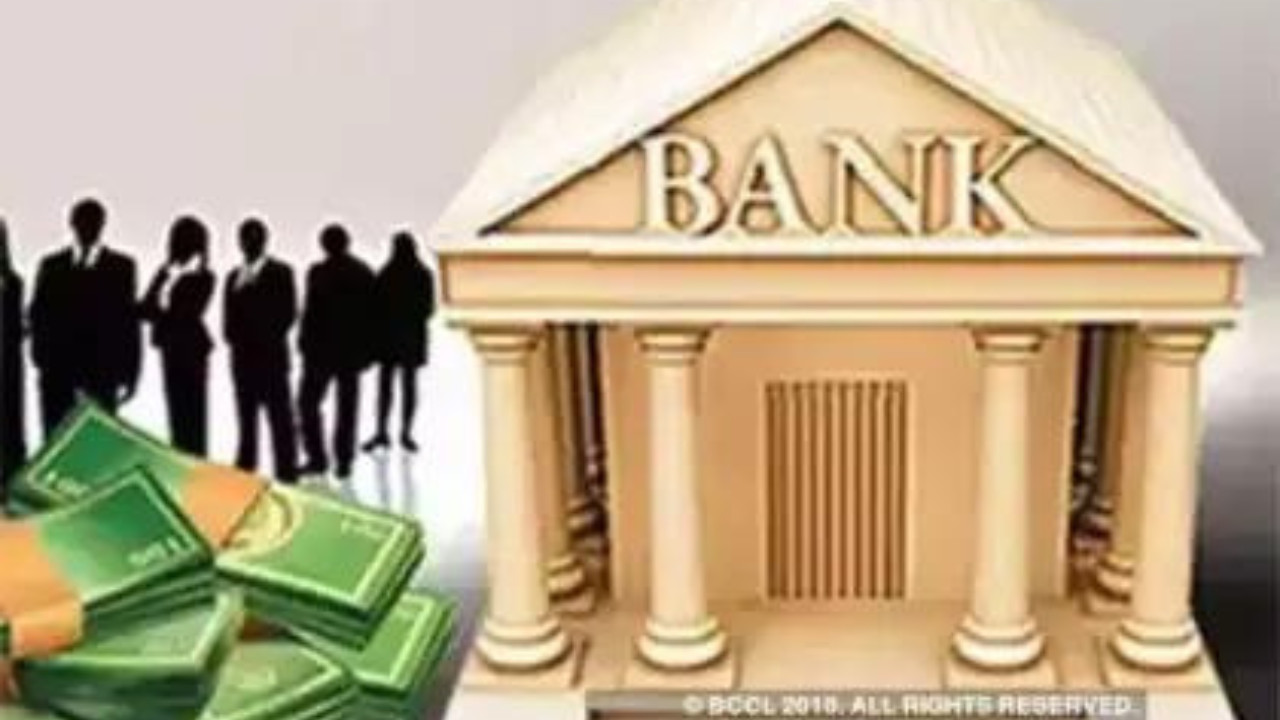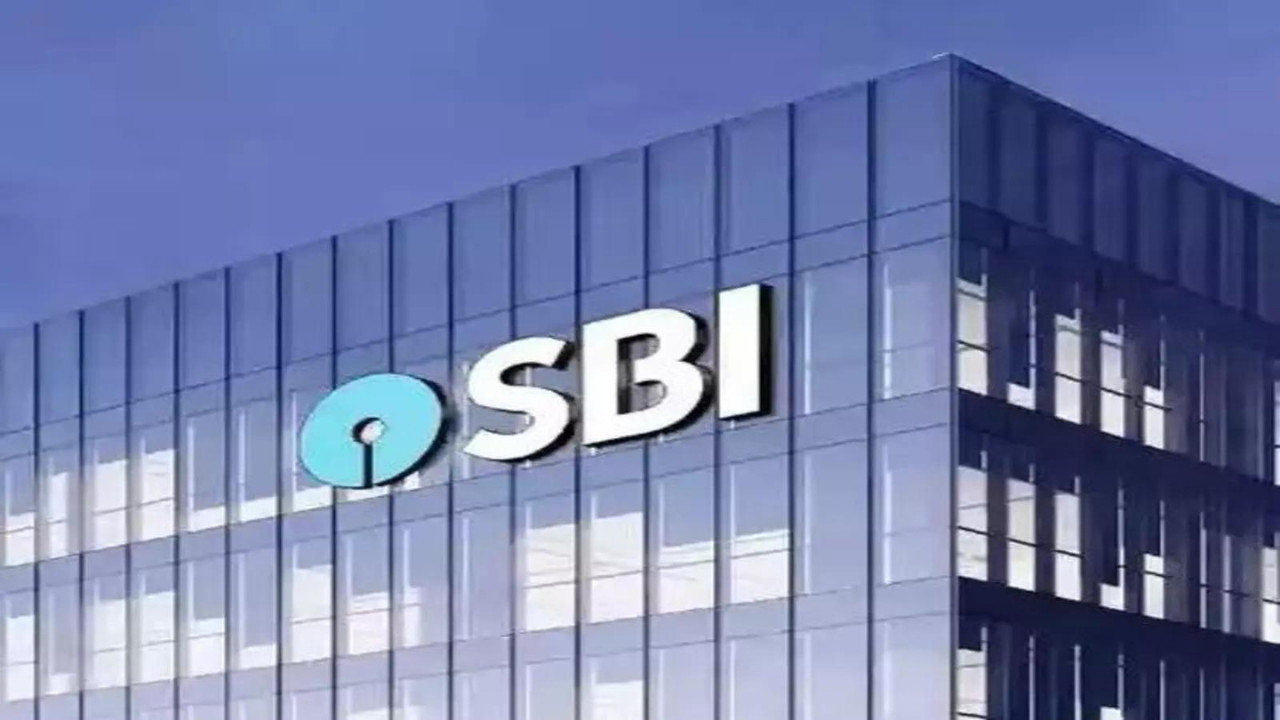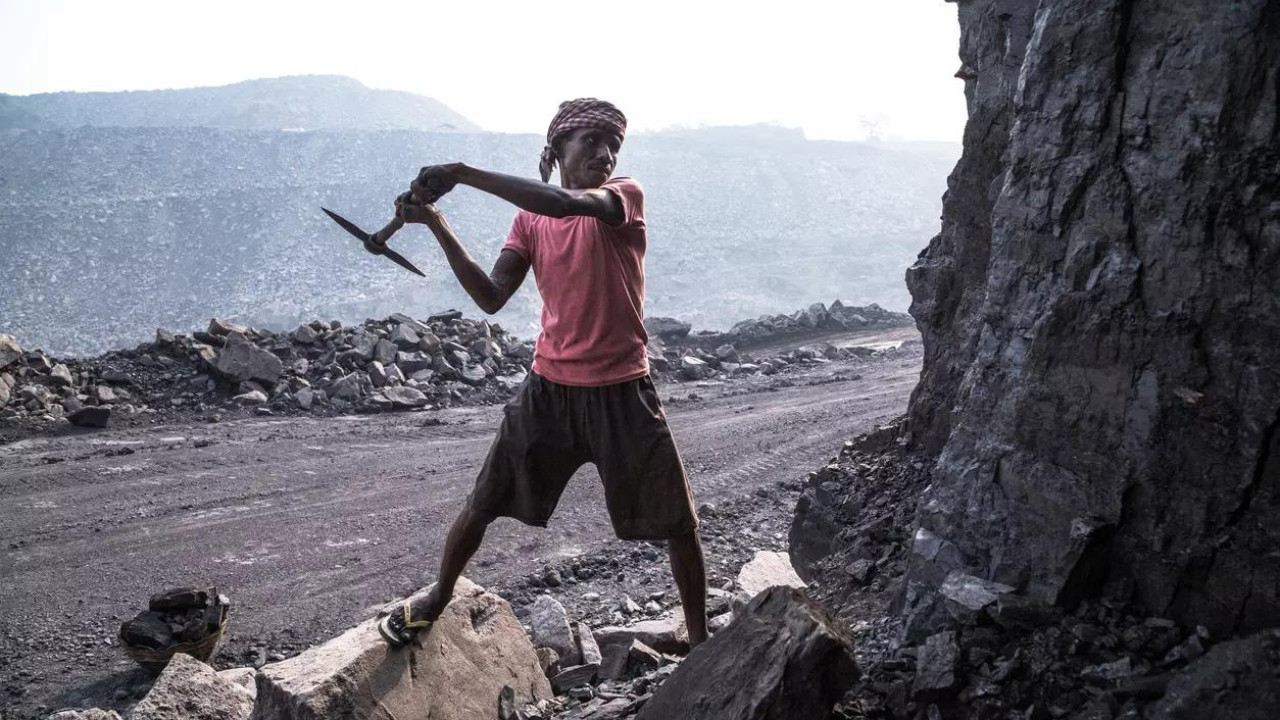Bank credit to industry slowed in September 2025. Non-food bank credit also saw a lower year-on-year increase. Lending to micro and small industries remained strong. Credit to agriculture and allied activities expanded, but at a slower pace. Services sector credit grew, driven by tourism and real estate. NBFC and personal loan growth moderated.
Is India’s Credit Boom Cooling Down? Gauging Lending Trends
For months, headlines have buzzed about India’s booming economy, fueled in part by easy credit and a seemingly insatiable appetite for borrowing. But are the winds of change beginning to stir? Recent data suggests a possible slowdown in the pace of credit growth, prompting questions about the sustainability of this economic surge. Let’s unpack what’s happening beneath the surface.
The latest figures paint a nuanced picture. While overall credit continues to expand, the rate of growth is decelerating, particularly in key sectors. Credit to industry, once a robust engine of expansion, grew by 7.3% in September, noticeably slower than the double-digit figures seen earlier in the year. This dip raises concerns about future industrial output and investment. Is this a temporary blip, or a sign of deeper challenges within the manufacturing and infrastructure sectors?
Personal Loans: Still Growing, But Losing Steam?
The personal loan segment, a significant driver of retail consumption, is also exhibiting signs of moderation. Fueled by everything from home renovations to gadget upgrades, these loans have been readily available in recent years. However, growth in this area is no longer at the breakneck speed witnessed previously. Several factors could be contributing to this. Increased interest rates are making borrowing more expensive. Also, the tightening of lending standards by banks, wary of rising defaults, could be playing a role. The big question is whether this deceleration will impact consumer spending, a cornerstone of India’s economic growth story.

NBFC Funding: The Squeeze is On
Non-Banking Financial Companies (NBFCs) have emerged as vital players in India’s credit landscape, catering to segments often overlooked by traditional banks. However, the going is getting tougher for these institutions. Funding costs for NBFCs are rising, partly due to increased regulatory scrutiny and a general tightening of liquidity in the market. This squeeze on funding could impact their ability to extend loans, especially to small and medium-sized enterprises (SMEs), which rely heavily on NBFC financing. A contraction in NBFC lending could have a ripple effect, hindering growth in vital sectors and potentially increasing financial instability. This makes monitoring the health of NBFCs crucial for understanding the broader economic trajectory. You might also be interested in reading about [the impact of inflation on the Indian economy](internal-link-to-related-article).
Understanding the Underlying Causes of Slower Lending Trends
What’s behind this apparent slowdown? Several interconnected factors appear to be at play.
* Rising Interest Rates: The Reserve Bank of India (RBI) has been steadily increasing interest rates to combat inflation. Higher borrowing costs inevitably dampen demand for credit.
* Inflationary Pressures: Persistent inflation erodes purchasing power and makes businesses hesitant to invest in new projects.
* Global Economic Uncertainty: The volatile global economic environment, marked by geopolitical tensions and concerns about a potential recession, creates uncertainty and discourages borrowing and investment.
* Regulatory Changes: Stricter regulations aimed at improving asset quality and reducing non-performing assets (NPAs) are prompting banks and NBFCs to be more cautious in their lending practices.
What Does This Mean for the Future?
Predicting the future with certainty is, of course, impossible. However, these shifting lending trends warrant close attention. A controlled deceleration in credit growth isn’t necessarily a bad thing. It could signify a move towards a more sustainable and balanced growth path. However, a sharp and prolonged contraction in credit could stifle economic activity and potentially trigger a slowdown.
The key is for policymakers to strike a delicate balance: addressing inflationary pressures and maintaining financial stability without unduly hindering credit flow to productive sectors of the economy. Monitoring key indicators, such as industrial production, consumer spending, and NPA levels, will be crucial in navigating the evolving credit landscape. The slowing pace of credit growth should also encourage businesses to focus on improving efficiency and productivity rather than relying solely on debt-fueled expansion.
India’s economic story is far from over. However, these shifts in lending trends serve as a timely reminder that sustainable growth requires prudence, adaptability, and a keen awareness of the evolving economic realities.







